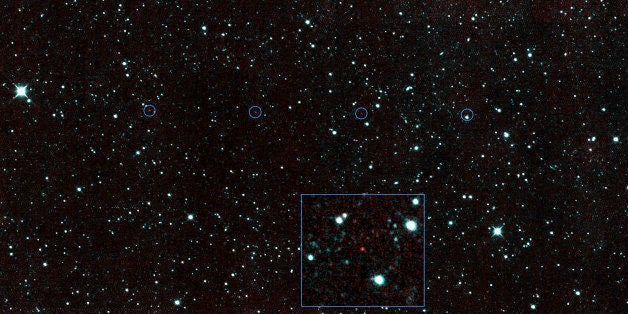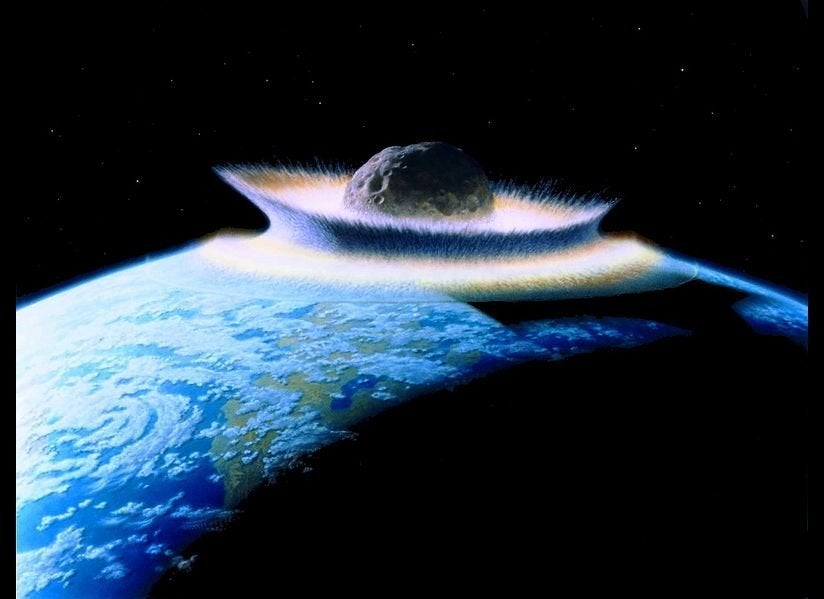
What's big and dark and possibly headed toward Earth?
Just months after being reactivated, NASA's Near-Earth Object Wide-field Infrared Survey Explorer (NEOWISE) space telescope has spotted a new, "potentially hazardous" asteroid, dubbed 2013 YP139.
NEOWISE, which was put into hibernation in 2011 and came back on line in September, used infrared imaging to spot the coal-black space rock, Discovery reported.
"We are delighted to get back to finding and characterizing asteroids and comets, especially those that come into Earth’s neighborhood," Amy Mainzer, the mission's principal investigator from NASA's Jet Propulsion Laboratory in Pasadena, Calif., said in a written statement. "With our infrared sensors that detect heat, we can learn about their sizes and reflectiveness."
The asteroid is about 27 million miles from Earth and is estimated to be 0.4 mile in diameter. For some comparison, the Chelyabinsk meteor that injured hundreds after exploding over Russia last year is believed to have measured between 55 and 65 feet.
2013 YP139 is certainly large enough to cause some serious damage. But what exactly makes it "potentially hazardous?"
NASA is basing this preliminary classification on the rock's size, and because the object's elliptical orbit could bring 2013 YP139 within 300,000 miles of Earth, i09 reported. NASA researchers will continue to keep tabs on the rock, which is too new to show up on the agency's Near Earth Object risk chart.
But no need to break out the doomsday rations just yet: 2013 YP139 won't be at its closest to Earth for another century or so.
In fact, the only asteroid on NASA's radar screen that has a semi-realistic chance of hitting Earth is 2007 VK184, but even this asteroid registers only the minimum score on NASA's impact hazard scale, according to Smithsonian magazine.
